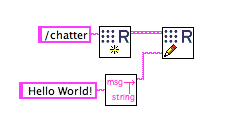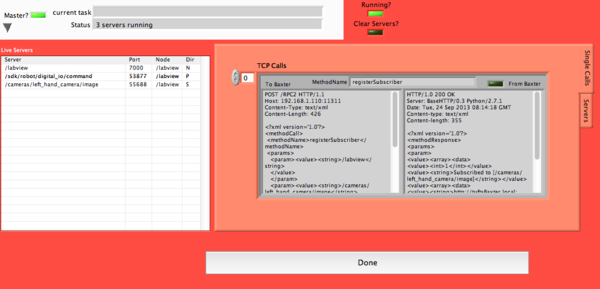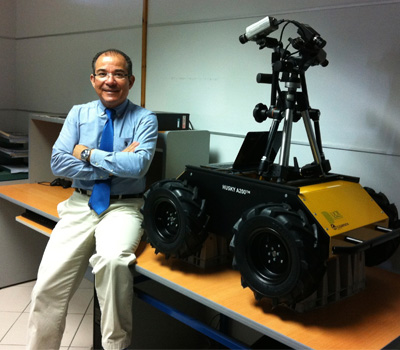it's my pleasure to announce a new release of packages for the Nao robot. Most notably, that's v0.2 of the nao_robot stack (or now, metapackage), which is now catkinized for ROS groovy and hydro thanks to Miguel Sarabia. The stacks nao_robot and nao_common also saw a complete reorganization of packages and an overhaul to enable easier usage on the robot, thanks to Séverin Lemaignan. Parts of the nao_common stack have moved into nao_robot, with the remainder in the new stack nao_extras (still rosbuild as of now).
All code should be compatible with ROS groovy and hydro, as well as NaoQI 1.12 and 1.14.
Grab the latest versions (tagged release / source package, or clone the master branch) here:
https://github.com/ahornung/hu
https://github.com/ahornung/na
https://github.com/ahornung/na
Source install instructions are available at http://wiki.ros.org/nao/Instal
Thanks to Séverin, it's now really easy to compile ROS and the Nao packages to run directly on the robot:
http://wiki.ros.org/nao/Instal
Precompiled binary packages for the Nao and Debian packages to run your machine are in preparation.
You can find separate changelogs in the packages, the complete lists of changes are available here:
https://github.com/ahornung/na
https://github.com/ahornung/na
If you want to discuss future development or contribute, consider jointing the ros-sig-aldebaran mailing list:
https://groups.google.com/foru
Since this was a combined community effort, I would like to thank thank Miguel Sarabia, Séverin Lemaignan, Daniel Maier, and Sebastian Boettcher for their contributions.









